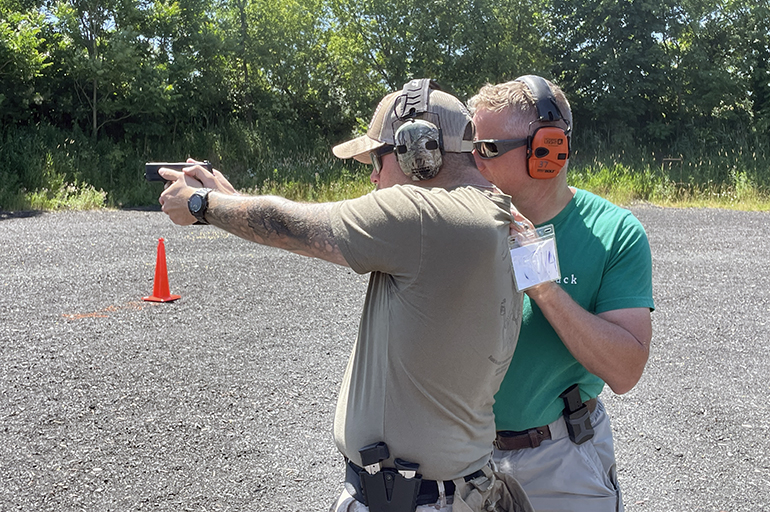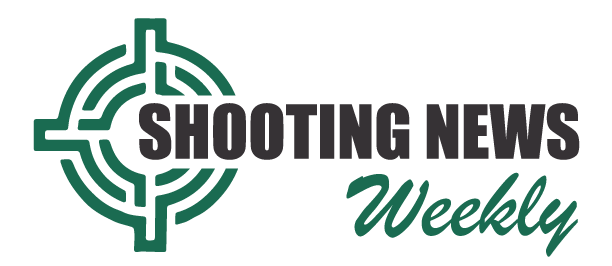
The old joke — or perhaps it’s just a disappointing societal truth we do our best to ignore — is that those who can…actually do a thing, while those who can’t…turn to teaching the thing.
If you’re wondering what the difference is between these two people, look no further than that cinematic tour de force, Back To School. One of the best scenes in this 1986 classic is when Thornton Melon, played by Rodney Dangerfield, takes the pompous business professor to school in his own classroom, explaining how business is done in the real world.
I remember this scene so well because I actually learned that there are variables and challenges in every endeavor that if you have no experience with them, you’ll fall prey to them. You have to actually do the thing to understand the thing in order to do the thing well.
So what does this have to do with anything?
Well, an interesting video popped up in my LinkedIn feed the other day. It was on the topic of firearms instructors and whether or not one needed to be a good shooter to be a good instructor. More specifically, whether an instructor has to demo the skills and drills they’re teaching.
That seems like a ridiculous premise. Of course one needs to be able to shoot well and perform on demand in order to teach others. But in his video Chad Thompson explains that there are actually “trainers” teaching in a firearms instructor training program who are relating to their students that it’s not necessary to be be a good shooter in order to be a good firearms instructor.
Chad’s immediate reaction is internet meme 101 brilliant. And before you ask, Chad is an accomplished instructor with many years of experience.
He goes on to point out that “this person even went further and said there was no direct correlation between being a good shooter and being a good firearms instructor.”
I get why a training program might downplay the need to be an above average or accomplished shooter in order to be an instructor. It’s a business after all and if you limit your client base to just those that can shoot well, you might not fill as many classes as you’d like.
That’s a very jaded way to view the motives of certain firearms trainers, but the proliferation of instructors over the last 10 to 15 years should be all the proof one needs that ‘there’s gold in them thar firearms training hills.’
A cottage industry has blossomed as more and more people become first-time gun owners. These are small, local or regional instructors who may not have the breadth and depth of knowledge and experience like what you’ll find at the major training academies, such as Gunsite, the SIG SAUER Academy, and others.
Telling students in an instructor development class that they don’t need to be a good shooter in order to train shooters is the very definition of ‘those who can do, and those that can’t teach.’ And it borders on morally reckless. Perhaps worse.
Remember the Holiday Inn Express ad campaign (‘Surgeon’ and ‘Meltdown’) where people handle a high level task with no more experience than having slept at a Holiday Inn Express? Well, the situation Chad describes is just like those commercials.
One of the subtle but very important points Chad makes in dismantling the foolish argument against shooting competency in a trainer is that when the instructor demonstrates what he or she is teaching it builds confidence in the student. In their mind they realize that “if this person can do it, then I can do it, too.”
That argument hit home with me because that’s exactly what I experience when I’m in a class or working with a trainer. I am not a top level shooter and don’t pretend to be, but I have good eye-hand coordination so when I see an instructor run a drill I think to myself, ‘that looks easy enough.’
Of course, it’s usually not easy, but I tend to rise to the occasion. This happened just two weeks ago when I took part in another one of Freddie Blish’s training sessions at Ben Avery. Freddie, who is a Gunsite instructor, holds these Friday morning sessions for local shooters and I have written about the value of these before.
Freddie always demonstrates what he’s teaching. That gives you not only a visual demo of what you should be doing, but also an audible cadence to try to match.
Naturally, I make mistakes and miss my shots, but it’s through the process of failure and repetition that you learn the most. If, that is, you know how to self-diagnose, which I am slowly learning to do.
Diagnosing problems is another key point that Chad addresses in his video. An instructor who doesn’t shoot at the appropriate skill level can’t diagnose their own mistakes, let alone those of their students. Self-diagnosis is one of the hardest things to learn, along with overcoming the accompanying frustration. A good instructor can not only tell you what you are doing wrong, but explain it in a way so that you can identify it yourself going forward.
I’ve experienced this several times, including with instructors like Gordon Carroll, who really helped me with diagnosing problems, and most recently just last year with Erick Gelhaus who got me through the ‘I can’t shoot a red dot’ stage.
Not every instructor needs to be at the very top of the shooting world. They simply need to be proficient enough to perform on demand for the skill level of the students they’re teaching. Which means they absolutely need to be able to demonstrate what they’re teaching.
And as George Harris, former director of training at the SIG SAUER Academy, commented on Chad Thompson’s video…”As an Instructor you should always be trying to improve your own game which will in turn make you a better teacher. The day a person thinks they know it all and there is no room for improvement is the day they should resign and go do something else.”
Next time you decide to spend your hard-earned money on a class, be sure the instructor you work with can do the things they are asking you to do. Otherwise, you may have just wasted your money on someone who hasn’t worked to improve their own game.

